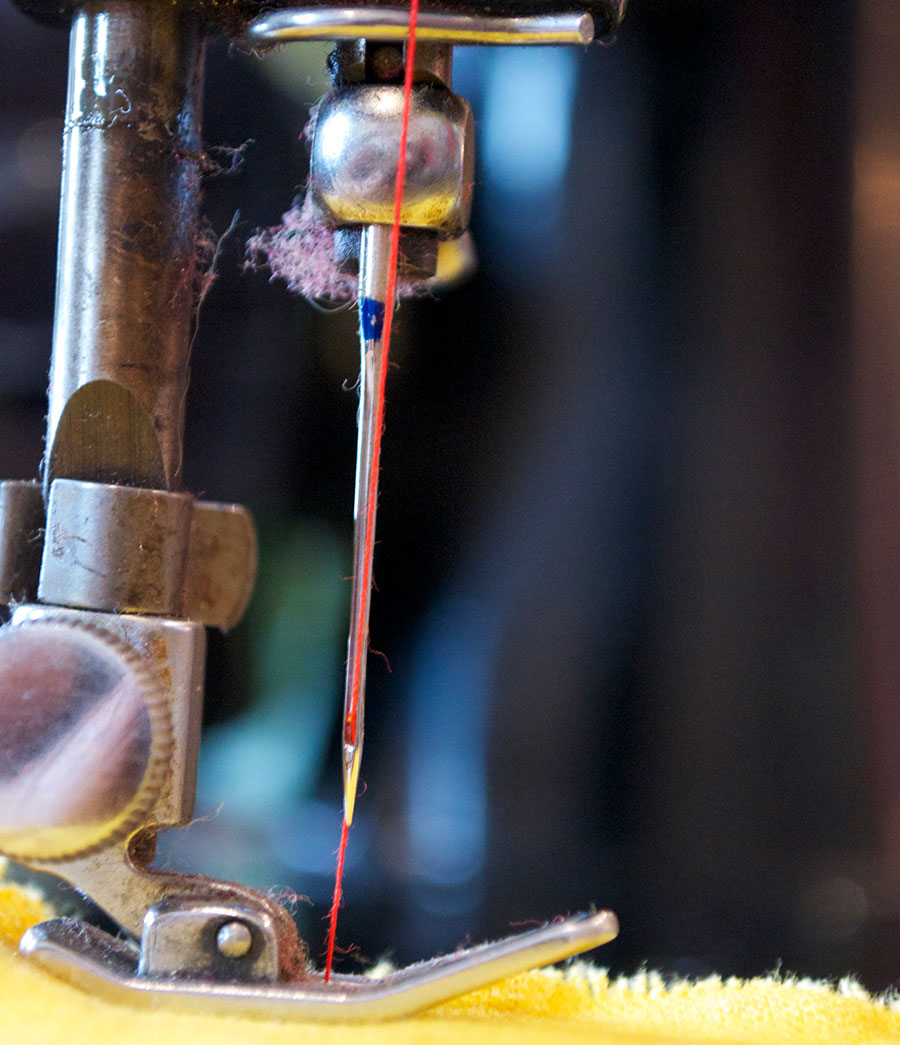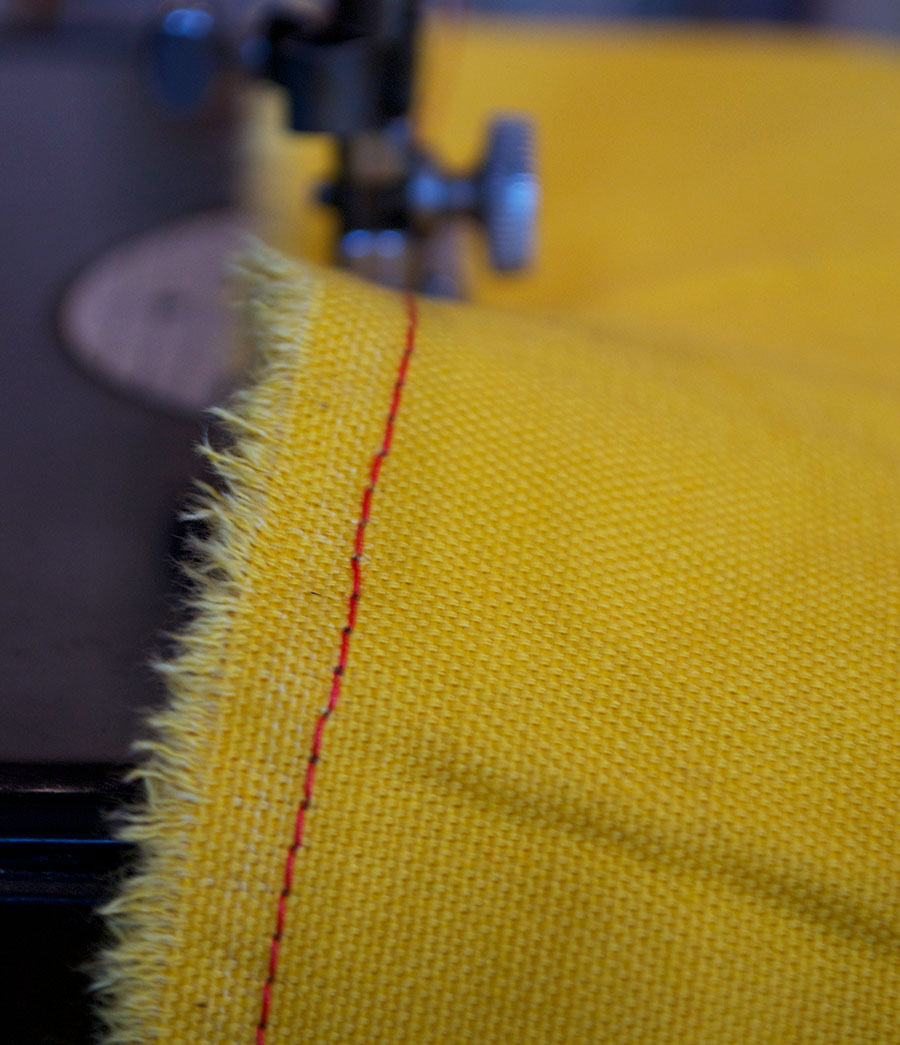laboring hands
“To me a sweatshop is about being treated in a way where, number one, your status is being taken advantage of in some ways. These folks are often in fear of retaliation because of their immigration status and the fact that they might not speak English...so there is fear of reprisal,”
“The kind of wage deprivation that we are seeing here to me is something [more than] non-compliance. That is too nice of a word. It goes to an extent beyond that.”
related articles:
“Wear and Tear series: The women who make our clothes” by Alex Newman; Public Radio International - ‘The promise of a job as a seamstress lured Rotchana Sussman from rural Thailand to El Monte, California, where she ended up working as a virtual slave, putting in 18-hour days in a converted home that was eventually raided by authorities.’
garment industry history
“Ready-to-Wear: A Short History of the Garment Industry” by Delores Monet; Bellatory - ‘Before the proliferation of ready-to-wear clothing, each garment was made individually. Even after the Industrial Revolution, up into the early part of the 20th century a dress, for example, was made for the person who would wear it.’
“The Garment District and Chinatown” Chinatown Atlas - ‘The influx of Chinese women after WWII and the 1965 Act brought large numbers of Chinese women (mainly from Hong Kong) who were skilled seamstresses and accustomed to factory work. It was the influx of this reliable work force that kept the industry viable even as it continued its decline.’
labor laws - retailers vs manufacturing accountability
“Behind a $13 shirt, a $6-an-hour worker” by Natalie Kitroeff and Victoria Kim; Los Angeles Times - ‘Like other major clothing retailers, Forever 21 avoids paying factory workers’ wage claims through a tangled labyrinth of middlemen that stands between the racks in its stores and the people who sew the clothes.’
“Sweatshops Persist in U.S. Garment Industry” by Kristi Ellis and Khanh T.L. Tran; WWD - ‘Despite decades of enforcement, the plague of sweatshops still exists in America. The irony is that the Made in America movement might be fueling the use of sweatshops, according to government officials.’




